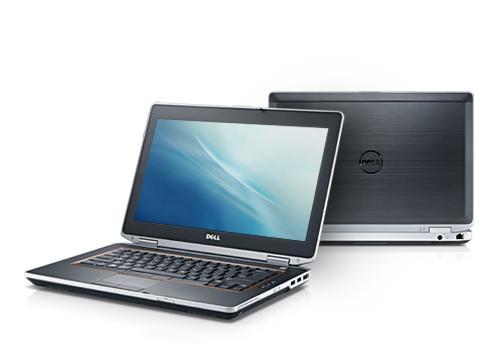
Welcome to TNW Basics, a collection of tips, guides, and advice on how to easily get the most out of your gadgets, apps, and other stuff.
Think that old computer sitting in your drawer is useless? Think again, buster — because Google just announced Chrome OS Flex.
This is an operating system designed to run on bygone PCs and, making it perfect for small businesses and educational institutes. Google hopes it’ll also have a positive impact on reducing global eWaste.
You can run Chrome OS Flex using only a USB drive, with setup taking a few minutes.
This development comes after Google acquired Neverware in 2020, a company that enabled loading Chrome OS on old devices with its CloudReady software. While there were whispers about Google integrating it directly into Chrome OS, the new announcement means the company has branched it off into its own product.
There are certain conditions you have to meet before you can run Chrome OS Flex, including device specifications and compatibility. Let’s dive into it.
What do I need to run Chrome OS Flex?
Here are the minimum device requirements to run Chrome OS Flex:
Architecture: Intel or AMD x86-64-bit compatible device
- RAM: 4 GB
- Internal storage: 16 GB
- The machine is bootable from USB.
- BIOS: Full administrator access
Unfortunately, you can’t run this OS on machines with ARM processors, such as M1-powered Macs. As ARM-powered systems are generally newer, most can run modern software, and don’t necessarily need to be compatible with a lightweight operating system. For now.

But hopefully, as these machines get older, Google will add support for them.
There are a couple more caveats. Google warns that Chrome OS Flex might give you a subpar experience if your system is using components made before 2010. Plus, you might need to tinker with BIOS settings if you can’t boot directly from the USB drive.
If you want to know if your old system is up for the challenge of running Chrome OS Flex, Google has prepared a handy dashboard of certified models.

All listed devices have a “Verified to work,” “Minor issues expected,” and “Major issues expected” label, so you can make a decision to install Chrome OS Flex accordingly.
Should you use it?
The good news is that you can already try it out. Just grab a USB stick and check if it’s a good fit. However, Chrome OS Flex is in its early stages of its release, and there might be some bugs. In other words, you might not want to install it as your primary operating system just yet.
Still thinking of giving the current version of Chrome OS Flex a spin? Then you’ll need to sign up on the enterprise page.
Google also has plenty of detailed guides on how to get cracking with Chrome OS Flex, ranging from creating a USB installer to the booting process, and even how to start using this version as your primary platform.
While I’m itching to try it out, I might wait until Google has a few more releases under its belt. By then, there’ll be compatibility for more devices and fewer bugs.
Overall though? I love this idea. Turning the dusty old machines laying around your house back into functional systems is an amazing project. Good on you, Google.
Get the TNW newsletter
Get the most important tech news in your inbox each week.




